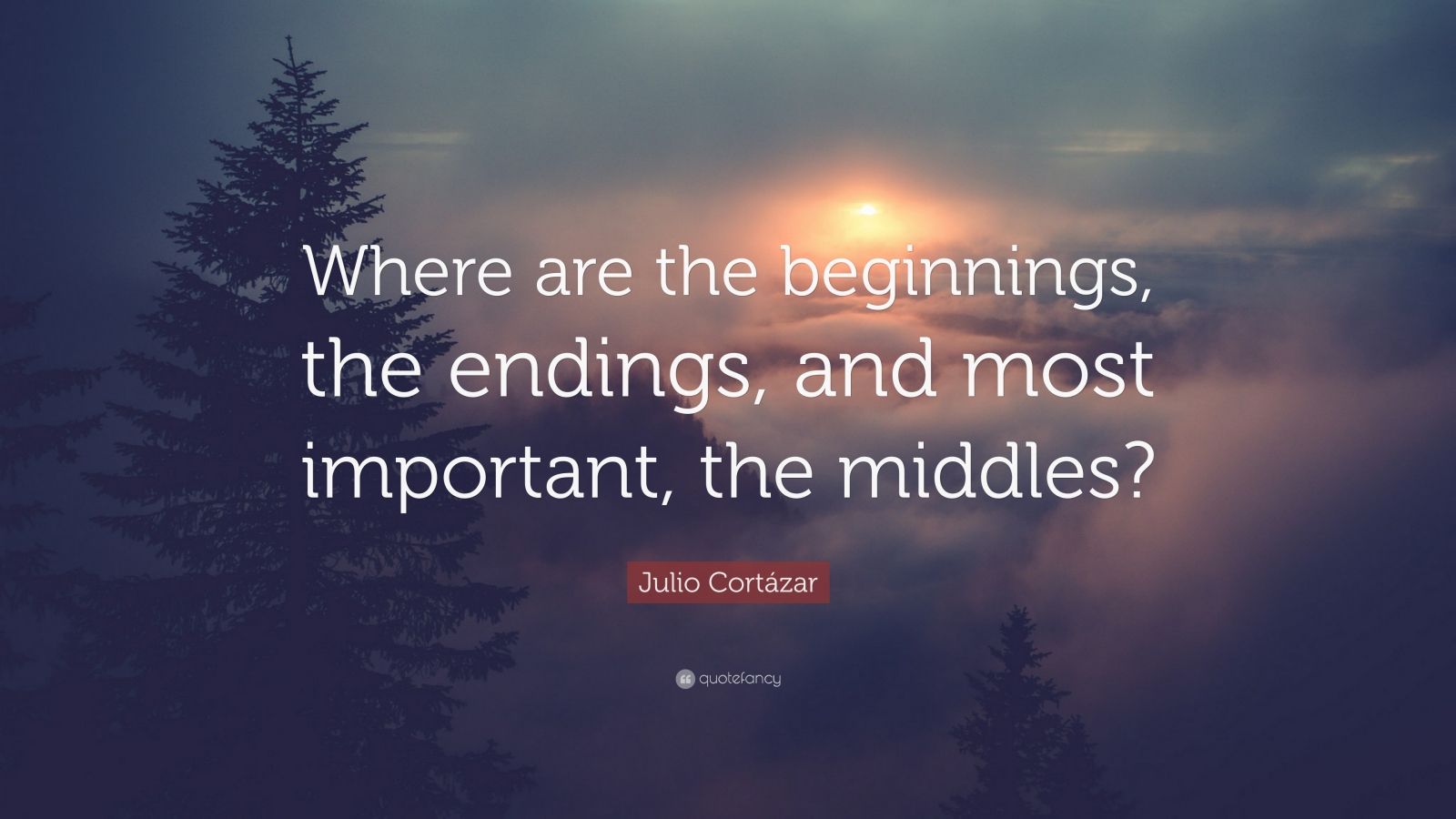Beginnings and ends are easier to remember than middles the middle tends to gets muddled

Beginnings and Ends: Remembering the Easily Forgotten

When it comes to recalling memories, it is often the beginnings and ends that effortlessly etch themselves in our minds. We find it relatively easy to recount the starting points of journeys, the opening scenes of movies, or the first lines of our favorite novels. Similarly, the endings tend to linger, leaving a lasting impression as stories reach their climaxes or experiences draw to a close.
Yet, what about the middles? The moments that lie between the start and finish, where progress is made, and complexities unravel? They are often overshadowed, blurred by the prominence of the beginning and end, and forgotten over time. This phenomenon can be attributed to the workings of our memory, which tends to prioritize the memorable bookends while allowing the middle ground to become muddled in our recollection.
Researchers have delved into this intriguing aspect of human memory, recognizing the peculiar tendency to neglect the significance of the middle. A study published in the Journal of Cognitive Neuroscience suggests that the brain’s attentional focus fluctuates throughout an experience, with heightened attention at the beginning and end, and a dip during the middle phases. This fluctuation affects memory encoding and retrieval, making it more challenging for us to recall specific information during the middle phases.

One plausible explanation is rooted in the way our brains process and structure information. The human mind naturally seeks patterns and narratives, gravitating towards the familiarities of beginnings and endings. As a result, these framing points receive more attention, encoding memories more strongly and increasing the likelihood of retrieval. On the other hand, the middle section often lacks distinctiveness, merging into a blur of details that struggle to stand out in our memory.
In a study carried out by Leif L. Strömwall and Pär Anders Granhag, participants were shown a video depicting a bank robbery. Remarkably, the researchers found that participants had better recall for details that occurred at the beginning and the end of the video compared to those embedded in the middle. This pattern is not limited to staged events; it permeates into our everyday lives, affecting our ability to remember experiences, conversations, and even learning new skills.
However, the muddled middle does not necessarily mean it is doomed to be forgotten forever. To enhance our memory of the middles, there are strategies we can adopt. One technique involves consciously creating distinct markers within the middle section to enhance encoding and facilitate subsequent retrieval. By linking important details to mental images or associating them with vivid emotions, we can potentially bridge the gap between the memorable beginnings and endings.
Another approach is to cultivate mindfulness and active attention during the middle phases of an experience. By staying engaged and fully present throughout the journey, we counteract the natural dip in attention and increase the likelihood of encoding information effectively. Techniques such as note-taking, reflecting, or summarizing key points during the middle stages can also aid in strengthening the memory of these essential segments.
In a world that weaves narratives and constructs journeys, it is crucial to recognize the influential role that beginnings and endings play in our memories. While the middle may inevitably get muddled, understanding the mechanics behind this phenomenon empowers us to actively shape our recollections. By employing strategies to bolster memory encoding and remaining mindful throughout the entirety of our experiences, we can ensure that the middles are not forgotten amidst the allure of the start and the satisfaction of the finish.
Source: The Attention Schema Theory: A mechanistic account of subjective awareness
Share
Related Posts
Quick Links
Legal Stuff

